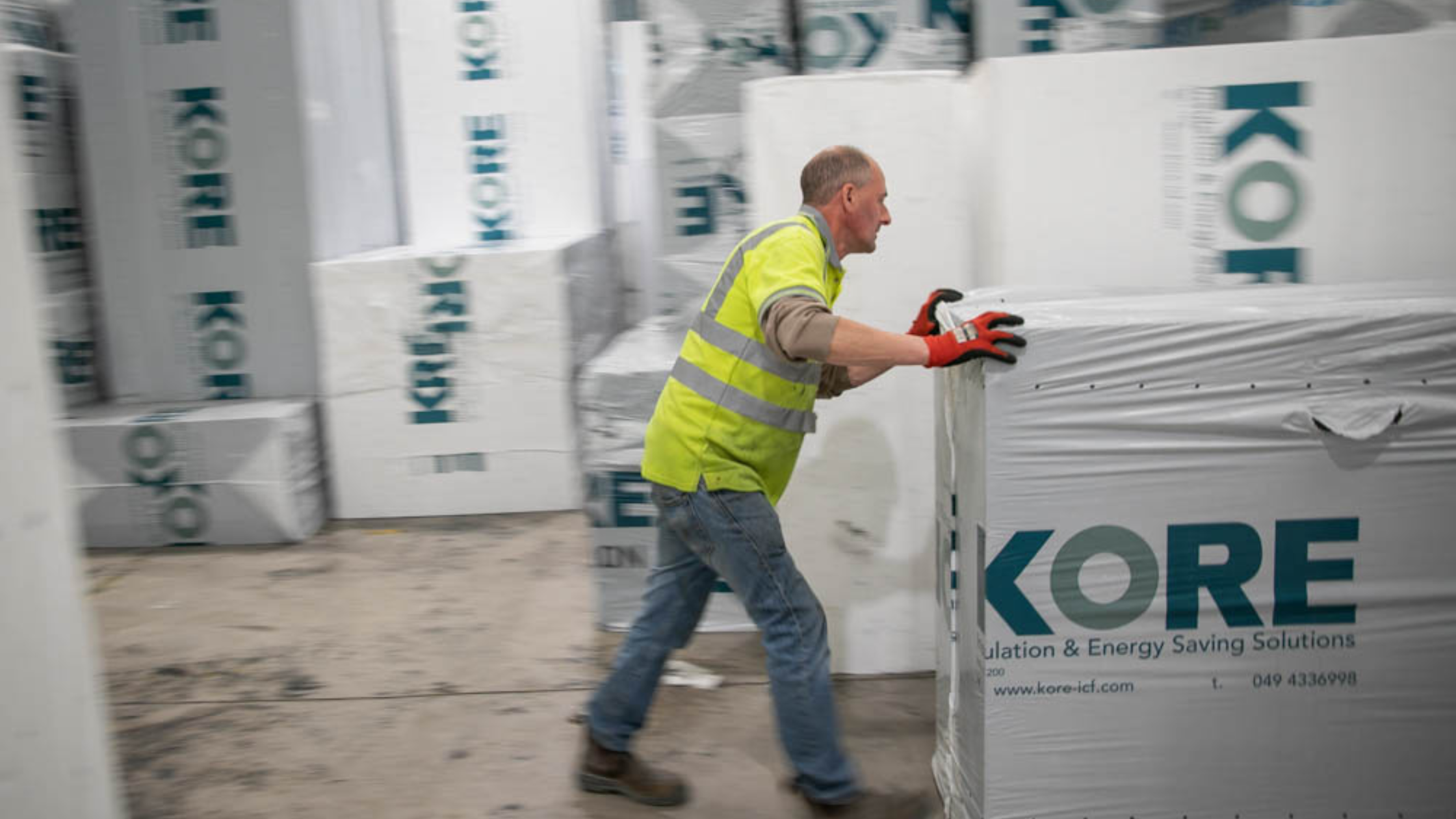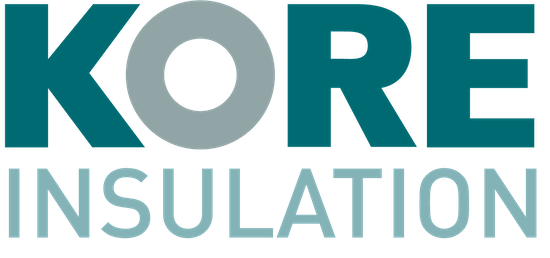
Many people seem to think that insulation is only useful as a way to keep the heat in during the winter months, but there’s much more to the product than one may think. Let’s take a look at some myths surrounding insulation and why it’s important to insulate correctly for year-round comfortable living.
1. The U-value is only a number
The U-value of insulation is a number, but it’s an important number at that. While it may hold little meaning to the average homeowner, it’s worth doing a bit of research before choosing the type of material you’ll use to insulate your home. The U-value is a measure of heat loss in a building element. This could be the floor, attic or walls. The lower the number, the better the insulating properties of the material being used.
There are building regulations in place used to determine the minimum U-value acceptable in each area of the home. While meeting these regulations is important you should always try to aim for the lowest U-value whenever possible. Keep in mind that while the U-value is important so is proper installation. Air leakage from poorly planned or installed insulation can significantly reduce its effectiveness.
2. Insulation only keeps you warm
While it may work that way during the winter months, insulation is also effective during the summer to help keep you cool on hot days. It’s better to think of insulation as a means to keep the indoor temperature of your home comfortable year round, whether you’re heating or cooling.
In addition to providing consistent indoor air temperatures, insulation acts as a sound proofing material, helping reduce noise between shared walls and the outside environment.
3. As long as you have insulation you’re good to go
There are other elements to consider than just the amount of insulation in your walls, attic and flooring. Thermal bridges occur at junctions where insulation is not continuous, such as facings at floors, attics and walls. Homes can also have structural thermal bridges. These occur whenever there is an opening in the building’s envelope such as doors and windows. It’s important to address thermal bridging as part of the overall design when installing insulation in addition to air leakage, moisture resistance, ventilation and U-value.
4. Only new homes can be insulated
While it may be easier to insulate a home as it’s being built, there are many older homes across the country that are in need of upgraded insulation. Wall and attic insulation are typically upgraded in existing homes, with some homes also installing floor insulation. Installing insulation to an existing home will make a significant impact on comfort levels, as well as improving the homes energy efficiency.
SEAI offer individual grant schemes to upgrade your wall, attic and floor insulation, as well as other measures such as solar PV and heat pumps. If you want a complete home energy upgrade, the one stop shop grant scheme offers complete project management solutions from home energy assessment, project design, grant application, contractor works and more.
Insulating an older home can increase its energy efficiency and reduce its overall heating and cooling costs.
5. Insulation is only for walls
In addition to insulation your home’s floors, walls and attic, it’s a good idea to insulate your hot water tank and pipes. Insulating pipes keep them from freezing during the winter months and helps reduce your heating costs by keeping the water hot for longer time periods. Pipe insulation can be used on interior and exterior pipes. Ensure your pipes are insulated at the same time if you choose to upgrade the insulation in your attic or walls.
6. Houses don’t need ventilation
Ventilation is an important aspect to consider when insulating your home. In an airtight home, indoor air can become polluted and cause a health hazard to occupants. Unventilated air can also cause damage to the structure itself and material contained within the home, mainly due to moisture which can lead to condensation and mould growth.
There are mechanical ventilation products available on the market that recover the heat lost through ventilation. This recovered heat is used to warm the fresh air as it enters the home, increasing energy efficiency while ensuring that indoor air is of the highest quality.
7. It takes years to recover the initial cost of insulating a home
If your home is insulated properly you should see a decrease in energy usage soon after the insulation is installed. While it may take time to recoup the initial costs through energy savings, the home’s resale value is immediately impacted by an improved building energy rating (BER). Buyers are looking for energy efficient homes with low running costs and a high building energy rating. If you plan on selling within the next five years, upgrading insulation is an easy way to increase the value of your home while giving you an advantage over less energy efficient homes in the area.
What other misconceptions have you heard about insulation? Share with us in the comments section below!
Interested in upgrading your homes energy efficiency and saving on your energy bills? Check out KORE Retrofit’s website to find a grant scheme suitable for you.

